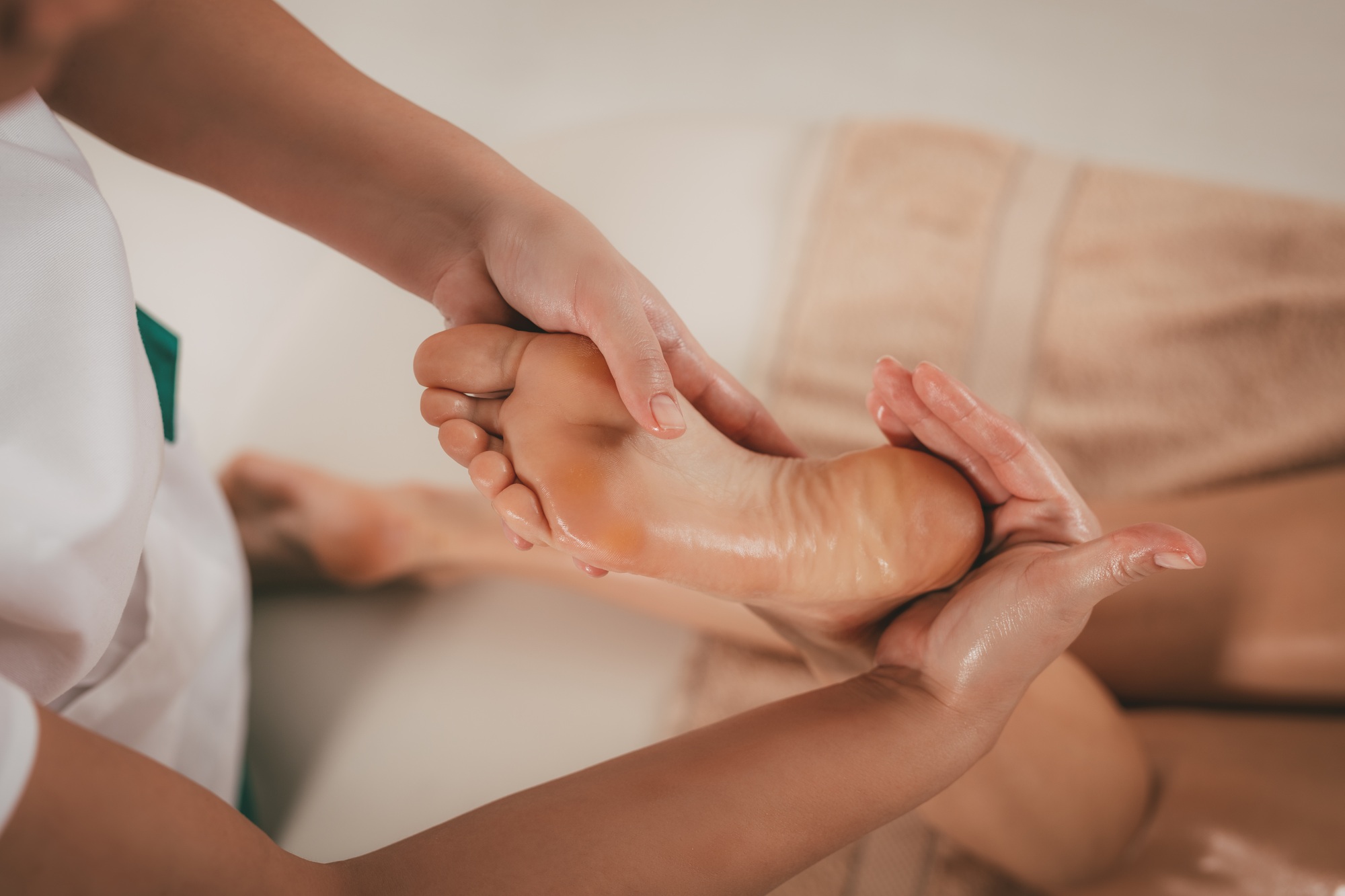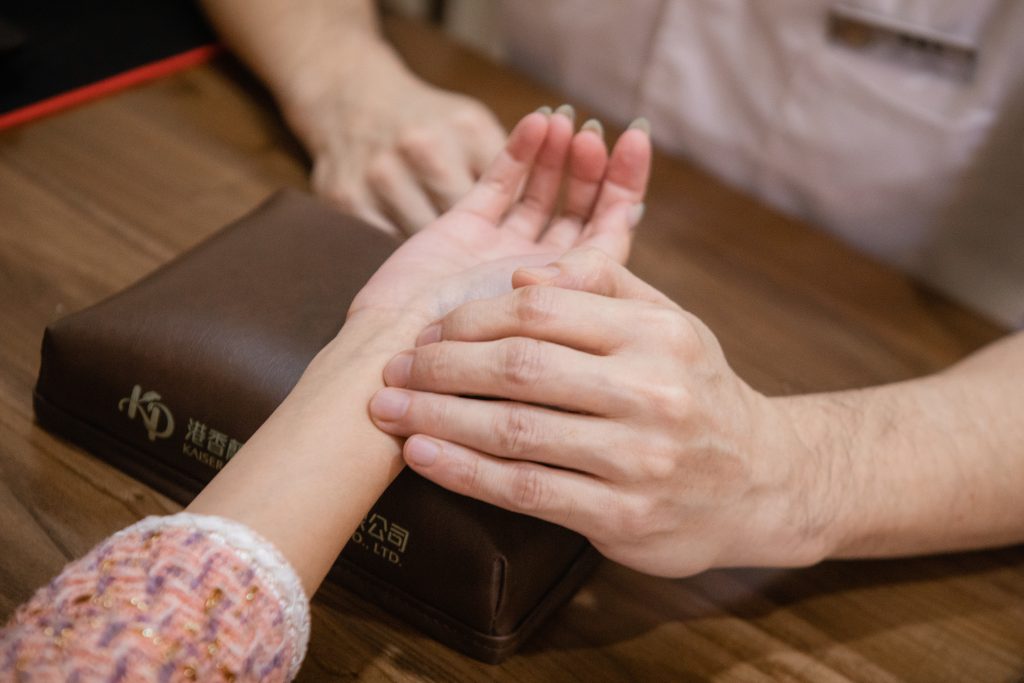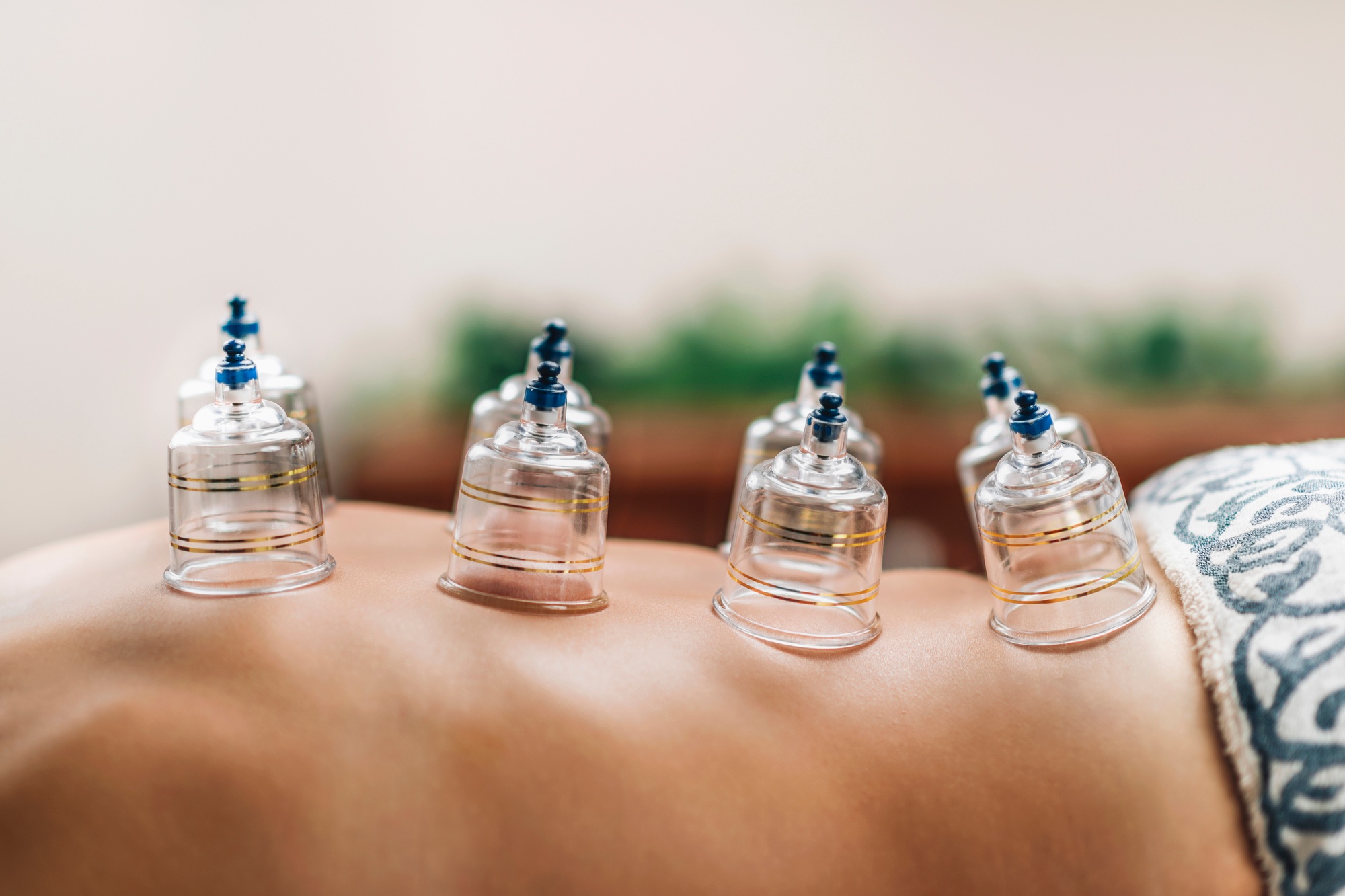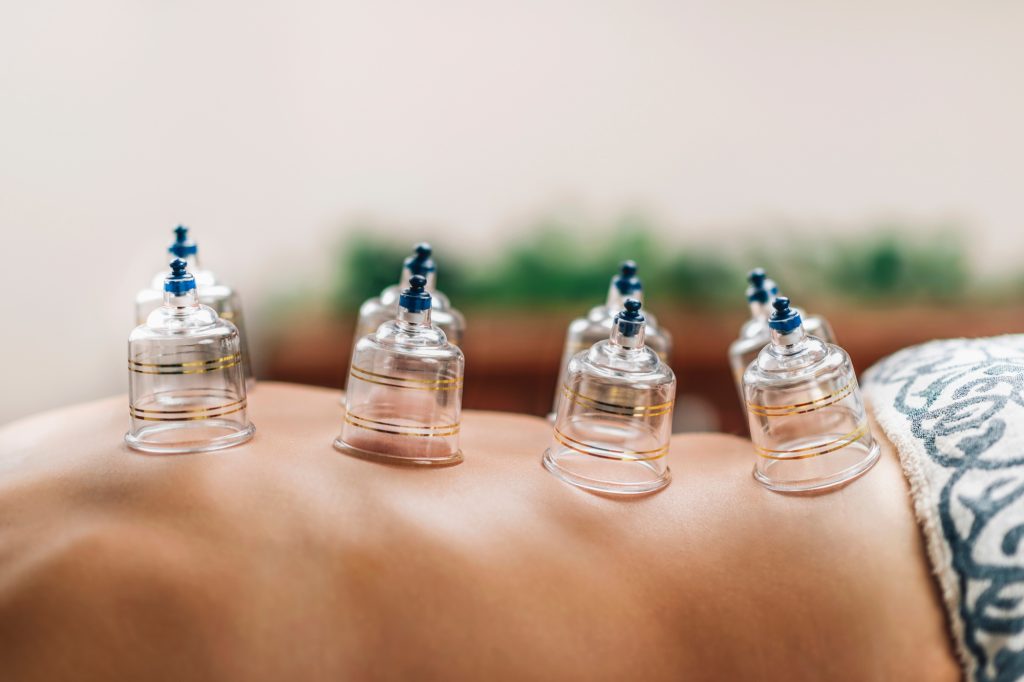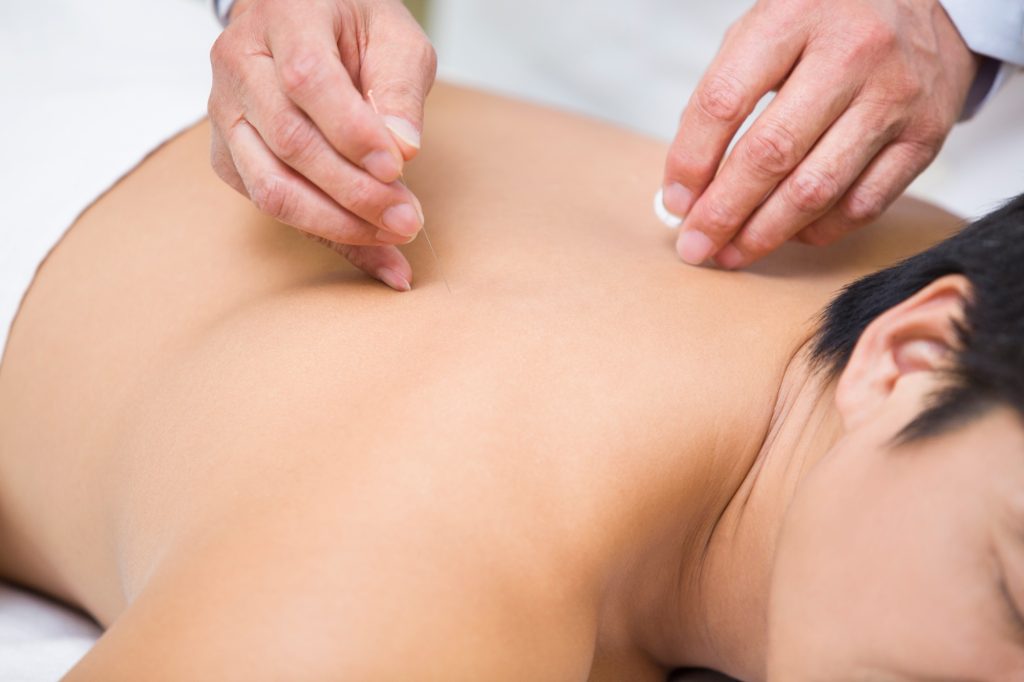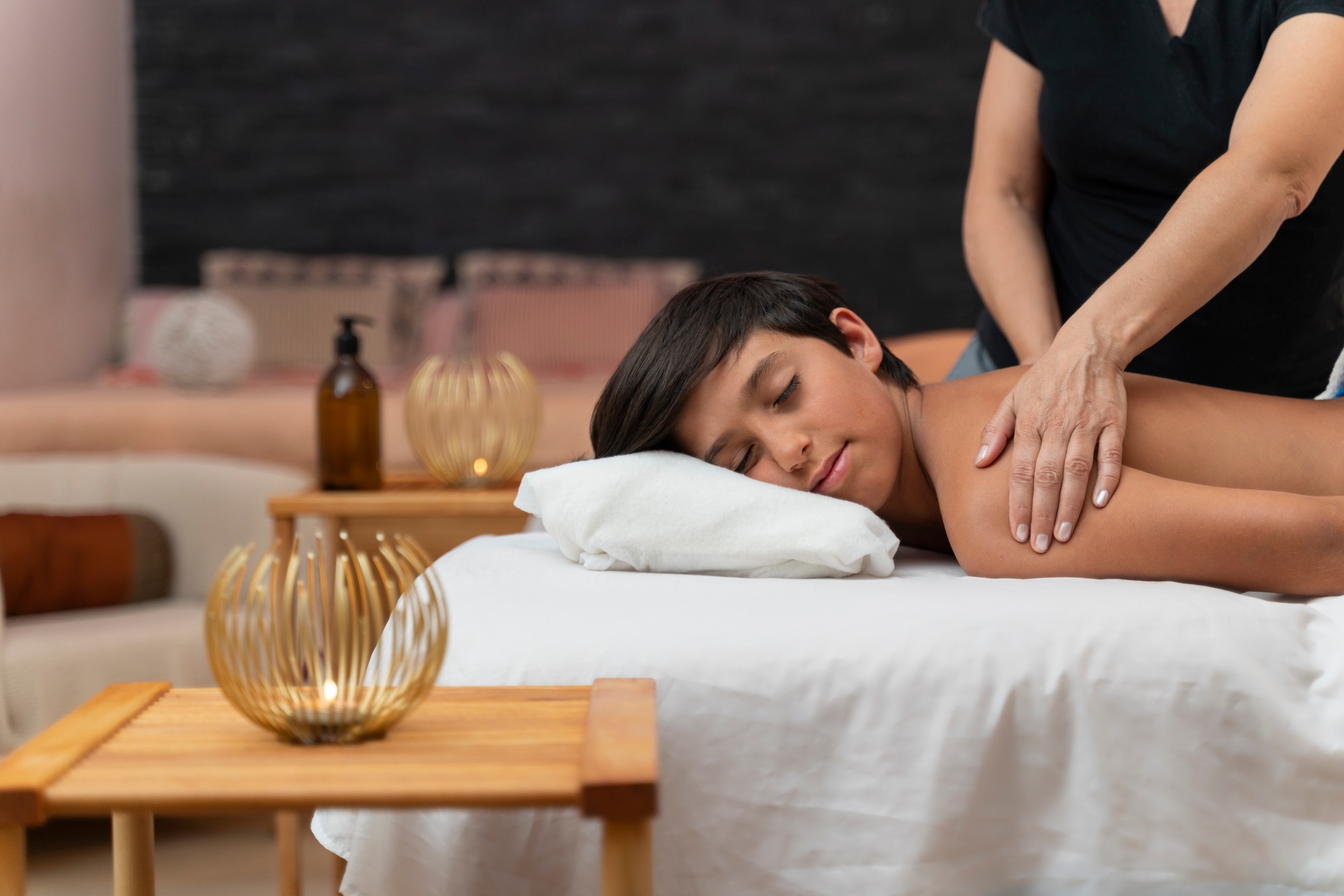Tuina for Children: A Comprehensive Guide to Pediatric TCM Massage Therapy
Understanding Tuina for Children
Tuina for children refers to a specialized form of Traditional Chinese Medicine (TCM) therapeutic massage designed specifically for infants, toddlers, and young children. Unlike adult Tuina, pediatric Tuina uses gentler pressure, shorter sessions, and techniques tailored to a child’s physiological development. It regulates qi (vital energy), improves digestion, strengthens immunity, and helps maintain overall wellness.
This therapy is widely used for common childhood issues such as poor appetite, colic, constipation, flu, cough, mild fever, sleep disturbances, and weakened immunity. Because children’s bodies respond quickly to stimulation, pediatric Tuina often shows faster results compared to adult treatments. For parents new to Tuina, learning what actually happens in a session is essential. Explore the step-by-step process in our internal guide: what to expect during a tuina session.
Why Tuina Is Beneficial for Children
Tuina works by stimulating specific meridian points that correspond to key organs in a child’s body, helping regulate the natural flow of qi (vital energy). Because children’s digestive, respiratory, and immune systems are still developing, this gentle therapy provides effective support to strengthen these functions. As a result, children often recover more quickly from common ailments, experience improved appetite, sleep more soundly, and show better overall energy and resilience. This makes Tuina a popular choice among parents seeking a natural, safe method that supports health without relying on medication.
Holistic Regulation of the Body
- Harmonizes organ systems
- Enhances qi circulation
- Strengthens digestive and respiratory functions
- Supports healthy growth and development
Natural and Non-Invasive
- No needles or medication involved
- Gentle techniques suitable even for infants
- Encourages relaxation and emotional balance
Effective for Common Childhood Conditions
| Condition | How Tuina Helps |
|---|---|
| Colic & bloating | Relieves abdominal tension and promotes digestion |
| Constipation | Stimulates intestinal movement and eases stool passage |
| Cough & phlegm | Opens the chest and supports lung qi |
| Flu-like symptoms | Boosts immunity and promotes recovery |
| Sleep issues | Calms the nervous system and reduces restlessness |
Key Techniques Used in Pediatric Tuina
Tuina for children uses a selection of safe, age-appropriate techniques. Below are the most common clinical methods performed by experienced TCM physicians.
1. Rubbing (摩)
A soothing technique that generates warmth on the skin to activate circulation, support digestive function, and stimulate appetite in young children.
2. Kneading (揉)
Gentle circular motions applied to targeted areas such as the abdomen or muscles, helping to ease discomfort, relax tension, and improve overall organ activity.
3. Pinching the Spine (提捏脊)
A distinctive pediatric method involving light, rhythmic pinching along the spine. It enhances immune strength, supports healthy growth, and regulates qi flow.
4. Pushing (推)
Smooth, directional strokes used along the meridians to clear blockages, ease respiratory symptoms like cough and phlegm, reduce mild fever, and support digestive balance.
5. Pressing Acupoints (按穴位)
Soft pressure applied to child-safe acupoints to relieve specific symptoms such as indigestion, congestion, irritability, or sleep disturbances, tailored to each child’s condition.
When Tuina Is Recommended for Children
Tuina may help with a wide range of health concerns, including:
- Digestive issues (colic, bloating, poor appetite, constipation)
- Respiratory conditions (cough, flu, phlegm)
- Allergies or weakened immunity
- Growth and developmental challenges
- Anxiety, restlessness, difficulty sleeping
- Low energy or fatigue
TCM physicians typically recommend Tuina as part of a holistic care plan, combining lifestyle advice, diet therapy, and gentle herbal support if needed.
How a Pediatric Tuina Session Works
Below is a typical step-by-step structure parents may expect:
Step 1: Professional TCM Assessment
The session begins with a thorough Traditional Chinese Medicine evaluation, where the physician examines the child’s tongue, pulse, facial complexion, and overall symptoms. This holistic assessment helps identify internal imbalances affecting the child’s health, allowing the practitioner to understand whether the issue is related to digestion, respiratory functions, immunity, or emotional factors.
Step 2: Tailored Tuina Techniques
Based on the diagnosis, the physician selects gentle, age-appropriate Tuina techniques that best support the child’s condition. These methods are applied to key areas such as the back, arms, abdomen, and specific meridian points. Each technique is chosen to address the child’s unique needs, whether to improve digestion, clear phlegm, ease discomfort, or strengthen overall energy.
Step 3: Therapy Time
Treatment duration is adjusted according to the child’s age and physical condition. Infants typically receive 10–15 minutes of therapy to match their sensitivity and shorter tolerance. Toddlers may undergo 15–20 minutes, while children aged six and above usually receive 20–30 minutes for a more complete therapeutic effect. The goal is to ensure comfort while delivering optimal results.
Step 4: Aftercare and Home Guidance
After the session, parents are often given simple, safe techniques that can be practiced at home to reinforce the treatment’s benefits. The physician may also provide dietary recommendations, sleep tips, and lifestyle adjustments tailored to the child’s condition. This aftercare guidance helps maintain improvements and supports long-term health and balance.
Safety of Tuina for Children
When performed by a trained TCM practitioner, Tuina is:
Highly Safe
- No side effects
- No invasive procedures
- Suitable for all ages, even infants
Personalized for Each Child
Each Tuina session is carefully customized to match the child’s unique needs, taking into account factors such as age, body constitution, sensitivity level, and current health concerns. Younger children and infants require lighter, shorter movements, while older children may benefit from slightly firmer and more targeted techniques. The physician also adjusts the treatment focus depending on whether the child is experiencing issues like poor appetite, cough, sleep disturbances, or weakened immunity. This individualized approach ensures that every session is both safe and effective, providing the right level of support for the child’s overall well-being.
Situations to Avoid Temporarily
Children should avoid Tuina if they have:
- High fever
- Infectious skin disease
- Severe dehydration
- Acute medical emergencies
For all other scenarios, Tuina is typically well-tolerated and supportive.
Actionable Guidance for Parents
Here is a simple decision table to help determine whether your child may benefit from Tuina:
| Symptom | Recommended Action |
|---|---|
| Occasional bloating or constipation | 1–2 Tuina sessions |
| Frequent cough or phlegm | Assessment + therapy plan |
| Sleep issues | Calming Tuina + routine adjustment |
| Low immunity | Regular strengthening therapy |
| Acute fever or infection | Seek medical treatment first |
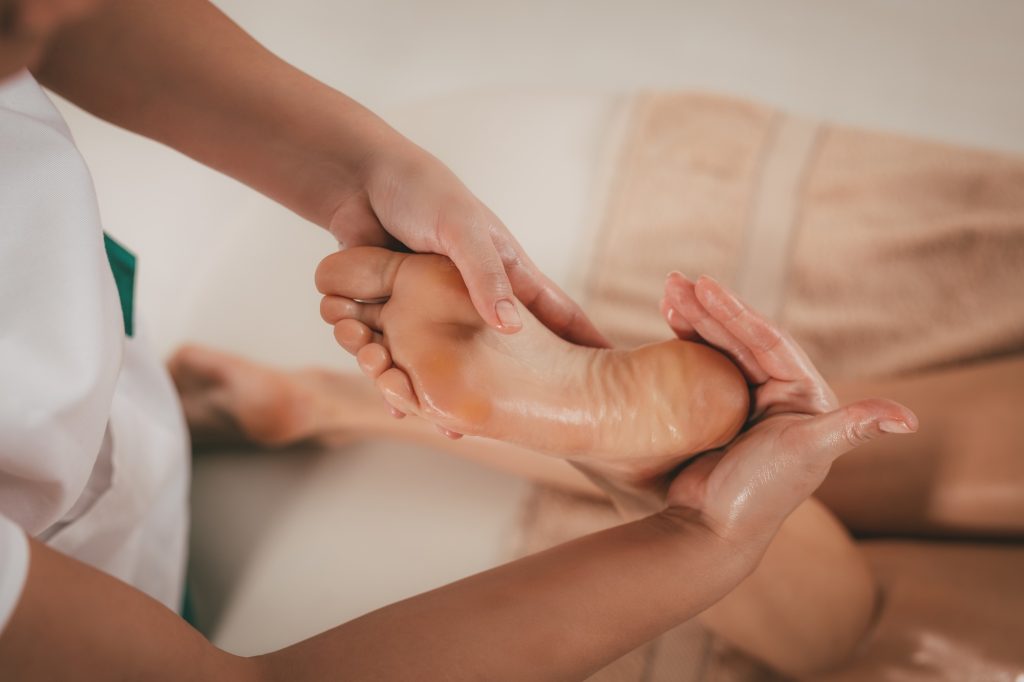
Conclusion: Why Choose Professional Tuina for Your Child
Tuina for children is a gentle, effective, and holistic therapy that supports healthy development and addresses common childhood concerns. With its non-invasive nature and quick responsiveness in young bodies, pediatric Tuina is a valuable option for parents seeking natural wellness care. To learn more about session flow, visit our detailed guide, what to expect during a tuina session. For parents ready to schedule a consultation with our certified TCM physicians, reach out through our clinic’s page here: contact us. Your child’s health deserves gentle, expert-guided care, and pediatric Tuina offers exactly that.
FAQs Section
Is Tuina painful for children?
No. Pediatric Tuina uses gentle pressure appropriate for infants and young children. Most children find it relaxing.
How quickly does Tuina show results?
Many parents notice improvements after 1–3 sessions. Digestive issues often improve the fastest.
Can Tuina replace Western medicine?
Tuina is complementary, not a replacement for medical care. For severe or emergency conditions, see a doctor immediately.
How often should a child receive Tuina?
For acute issues: 2–3 sessions per week
For chronic issues: 1–2 sessions per week
For general wellness: biweekly or monthly
Your TCM physician will tailor a schedule.
Who should perform pediatric Tuina?
A licensed TCM practitioner trained in pediatric techniques. Children’s bodies are delicate, so expertise is essential.


